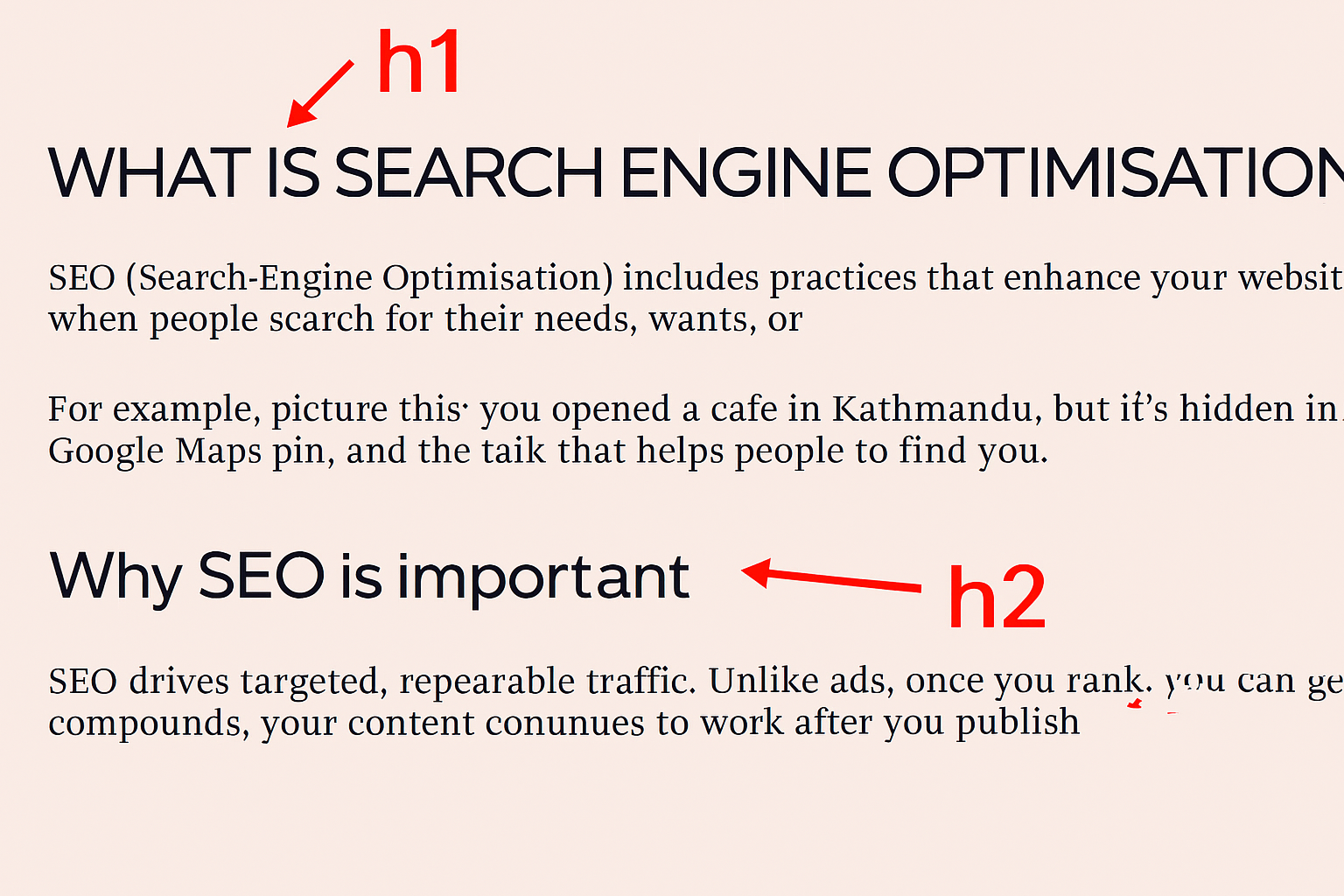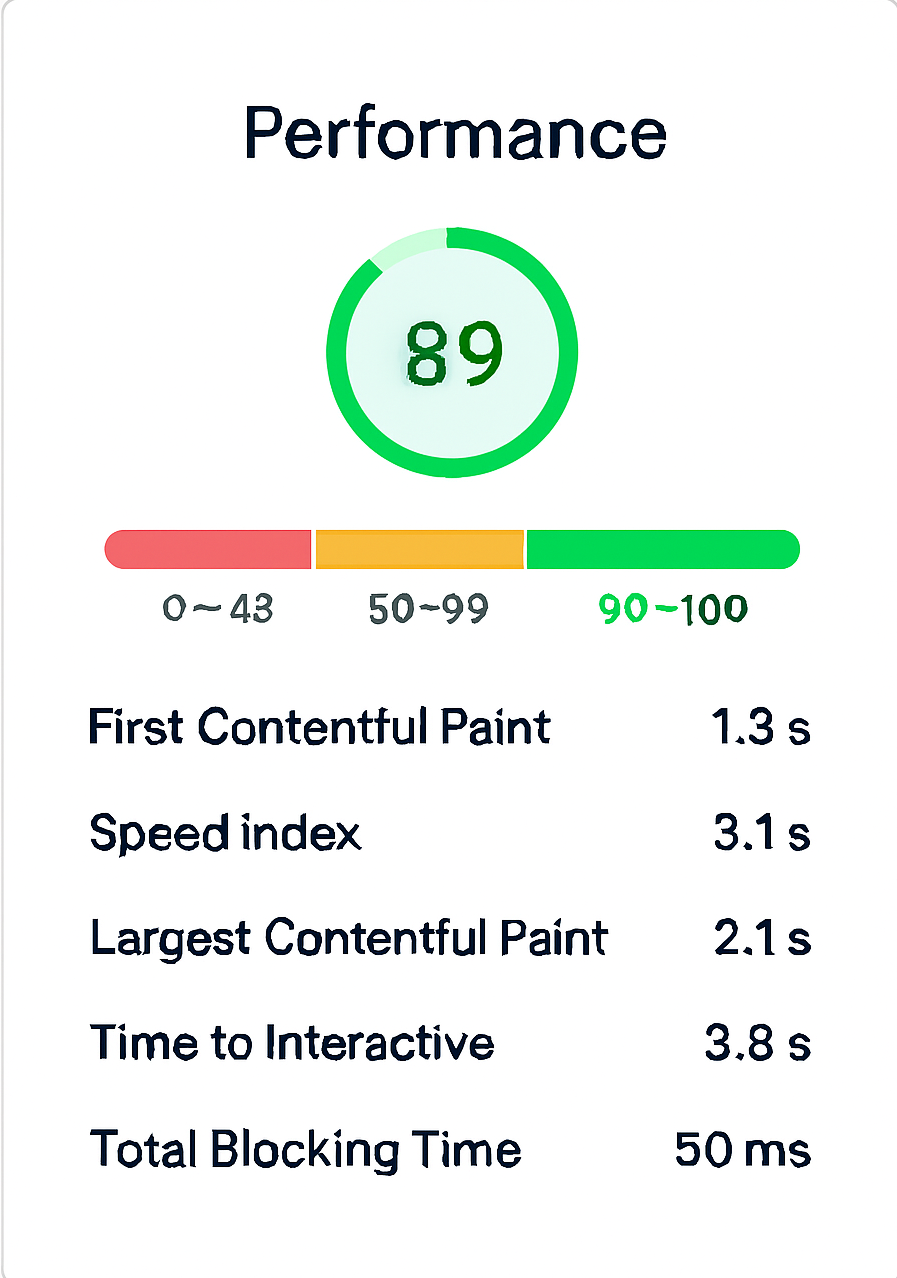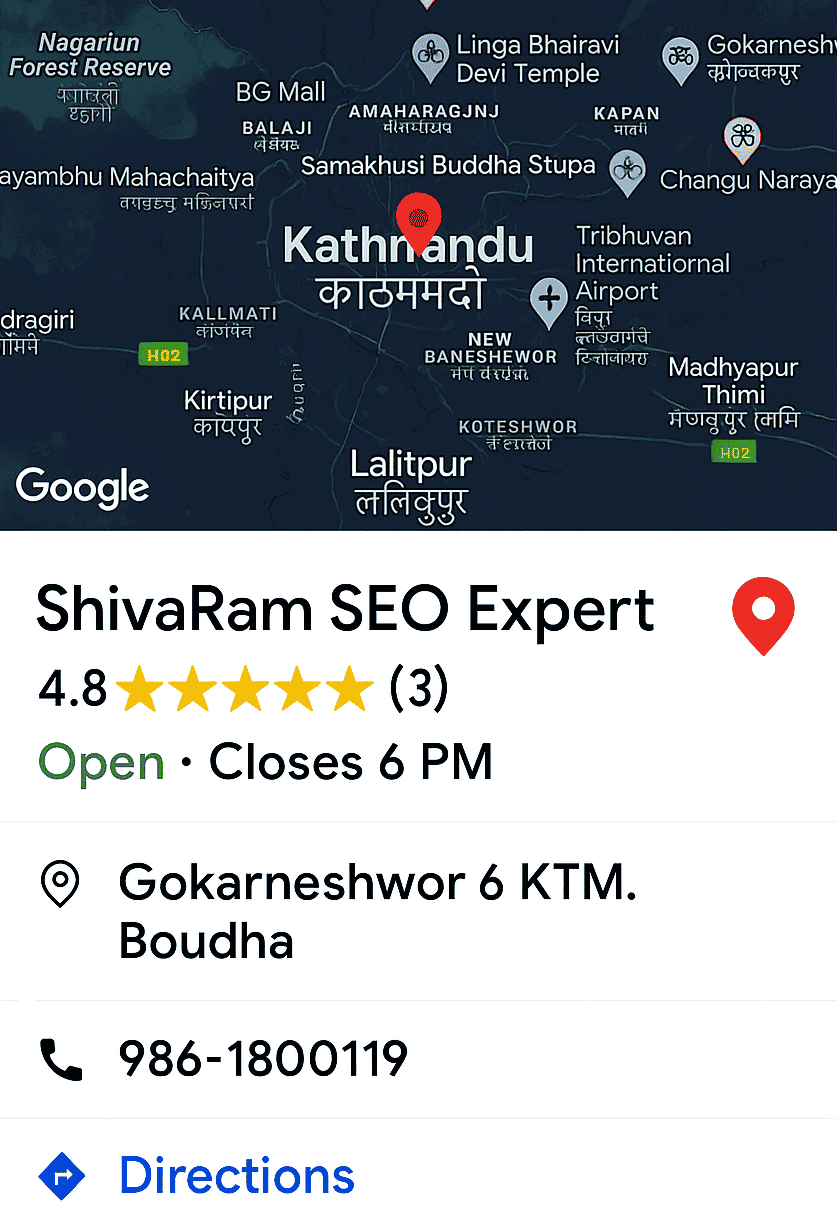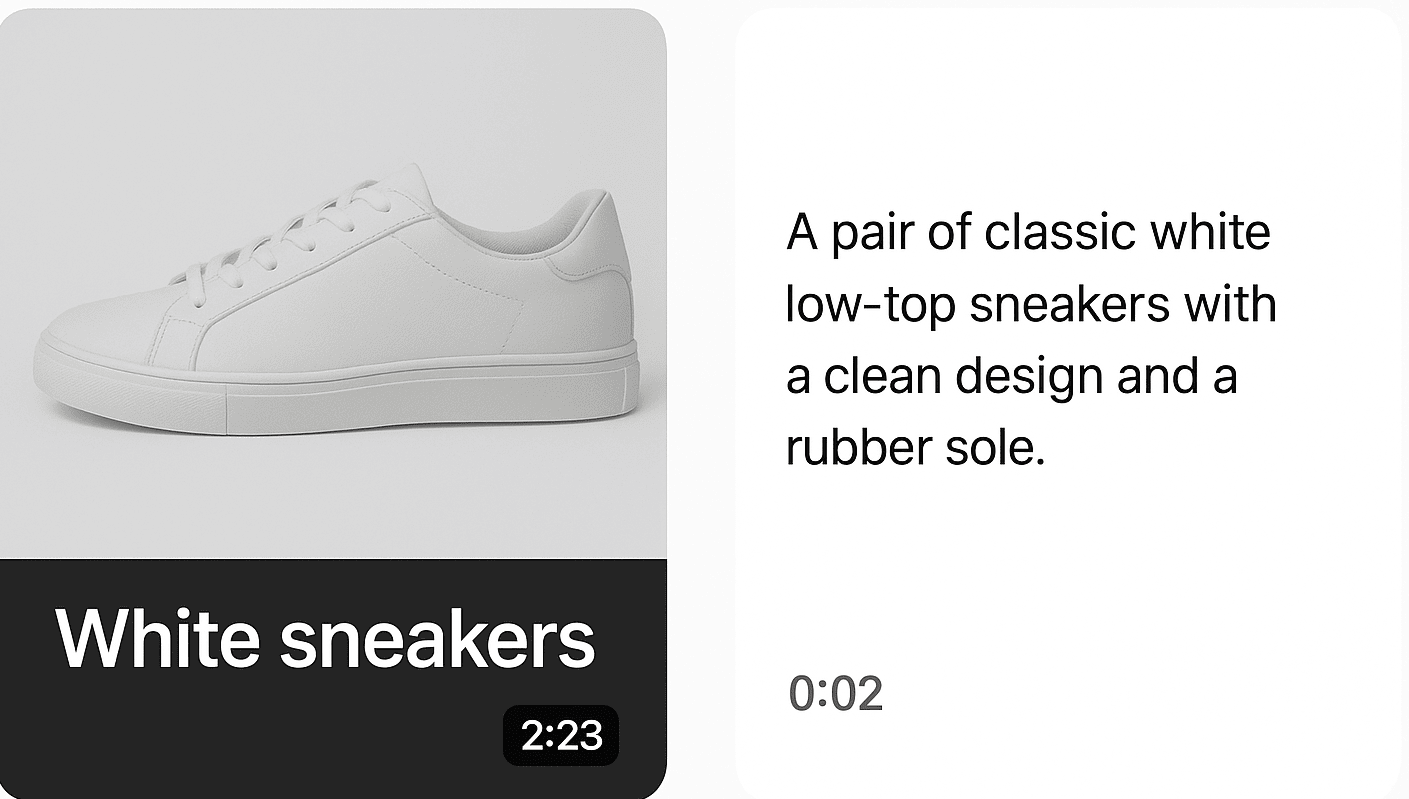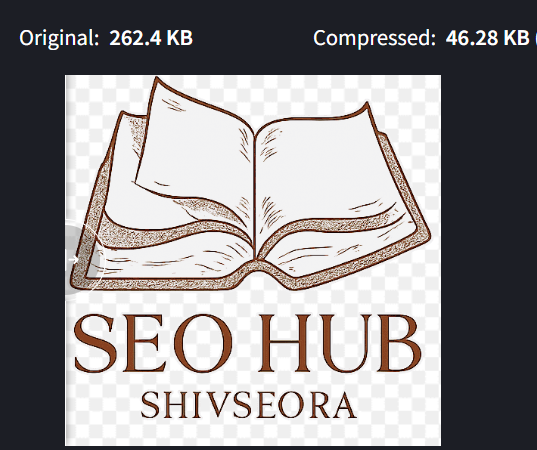SEO (Search Engine Optimisation)
Imagine this: Sita, a 21-year-old freelance photographer in Boudha, posts a dreamy photo series and… crickets. She knows how to shoot, edit, and even tag on social, but her work isn’t showing up on Google or YouTube, where clients look first. One evening, she learns a few SEO moves, and within months, her bookings jump. Understanding the types of SEO is crucial, as it transforms quiet profiles into discovery machines. If you care about being found, booked, or seen, especially in Nepal’s niche scenes, learning these types is your fast track.
Check out this beginner’s guide to SEO
Why these types matter in Nepal
Nepal’s search landscape is unique, featuring local searches (such as map-based booking and phone calls), small service businesses (including tutors, photographers, and cafes), and growing commerce and creator scenes. Knowing which type of SEO to use means you stop spraying content and start being found by the people who actually want to hire, buy, or watch you. However, many beginners overlook SEO errors that can harm your rankings, such as broken links, duplicate content, or missing metadata. Learning the right types of SEO helps you avoid those pitfalls.
Types of SEO
On-Page SEO
Shows what your page says so people find it and click.
Examples:
Title tags
The short line shown in search results tells users and Google what the page is about.
Heading hierarchy
A H1/H2/H3 structure that makes content scannable and informs search engines about the topic flow.
Opimized Body Content
Explicit, helpful text that answers the user’s question and naturally uses related terms.
Image alt text and descriptive filenames
Include short descriptions for images to help search engines (and visually impaired users) understand the image content.
Internal linking
Links between your own pages that help users navigate and pass ranking signals across your site.
Benefits:
Better relevancy signals to search engines
When on-page elements align with user intent, search engines can accurately rank your page.
Higher click-through rate (CTR)
A clearer title/snippet gets more people to click your result.
Improved user experience (UX)
A clear and readable structure, along with helpful content, keeps readers engaged for longer.
Targeted keyword alignment
Content that matches what people search for attracts visitors who are genuinely interested in what you offer.
Faster on-site indexing & fewer ranking issues
A clear structure and internal links make it easier for bots to find and index pages.
Off-Page SEO
Other sites say you’re good, so people trust and visit
Examples :
High-quality backlinks
Links from reputable sites that act like votes of confidence for your content.
Guest posting on niche authority sites
Write for other websites in your field to get exposure and links.
Brand mentions & PR
Being talked about on news sites, blogs, or forums boosts recognition and trust.
Community endorsements
Local influencers, groups, or forums can recommend you to add credibility.
Content syndication
Republishing or sharing your content on other platforms to reach new audiences.
Benefits:
Authority & trust signals
Links and mentions indicate to search engines that your site is more trustworthy.
Referral traffic from relevant sites
Visitors coming from a related site are likely to stay and convert.
Brand visibility & reputation
More mentions = more people recognising and trusting your name.
Improved ranking across pages
Authority gained can lift many pages, not just the one linked.
Topical/industry endorsements
Endorsements from relevant sources show you’re serious in your niche.
Technical SEO
Fixes the site so it loads fast and works on phones.
Examples:
Page speed
Making pages load quickly so users don’t bounce and bots can crawl more pages.
Mobile-first responsiveness
Pages that work well on phones, since most users browse on mobile devices.
XML sitemap
A file that lists your pages so search engines can discover them quickly.
Canonical tags
Those tags tell search engines which version of a page is the “main” one to avoid duplicates.
Proper redirects (301)
Permanent redirects that send users and bots from old URLs to new ones cleanly.
Structured data
Markup (similar to schema) that helps search engines display rich results (such as stars, FAQs, etc.).
Benefits:
Faster page speed
Happier users, lower bounce, and better chances in Core Web Vitals.
Reliable crawlabilit
Search engines can find and index the important pages without errors.
Mobile friendliness & Core Web Vitals
Improved performance on mobile devices, which directly impacts search engine rankings.
Structured data
Increases the chances of rich snippets, which improve visibility in SERPs.
Site architecture
A logical structure helps both users and bots easily find content.
Local SEO
Helps people nearby find and come to you.
Examples:
Google Business Profile
Your map listing, which includes hours, contact information, and photos, appears in local searches.
Local reviews
Customer reviews on Google, Facebook, and other platforms demonstrate reliability to users and search engines.
Localised landing pages
Pages targeting specific cities or neighbourhoods with local keywords.
Consistent NAP citations across directories
Same Name, Address, Phone number everywhere, so search engines trust your location.
Local schema
Markup that explicitly tells search engines your business address, opening hours, and service area.
Benefits:
Higher visibility in local searches & maps
More chances to show up when someone nearby searches.
Better foot traffic & phone leads
Local intent converts into real-world visits and calls.
Competitive advantage in your service area
Local optimisation outranks competitors who ignore it.
Targeted conversions, such as bookings
Local searchers are typically ready to take action (book, call, visit).
E-commerce SEO
Makes your products easy to find and buy
Examples:
Unique product description
Original copy that explains value and avoids duplicate content issues.
Product schema
Markup for price, stock, and ratings that can show in search results as rich snippets.
Canonicalised faceted
Using canonical tags to prevent filter pages from creating duplicate content.
Optimised category intro
Short, valid text at the top of category pages to target keywords and help users.
Variant handling with canonical & hreflang
Proper tags for product variants and language/country versions are essential.
Benefits:
Higher organic product discovery
More people find products without paid ads.
Lower customer acquisition cost (CAC)
Organic traffic reduces reliance on paid channels.
Better category & long-tail visibility
More entry points for niche searches and specific product queries.
Scalable traffic
Product pages can bring steady, growing traffic as inventory expands.
Improved conversion funnels
Clear product pages + trust signals lead to higher purchases.
Video SEO
Helps videos show up and get watched.
Examples:
Video schema
Structured markup that tells search engines video length, upload date, and more.
Optimised video title
Concise title matching what viewers search for (how, to, review, etc.).
Transcripts & captions
Text version of the spoken content that improves accessibility and keyword coverage.
Fast-loading player
A player that doesn’t slow down the page or interrupt viewing on mobile.
Engagement signal
They include likes, shares, watch time, and comments, and indicate the value of the video.
Benefits:
Increased discoverability across platforms
Videos appear in search results, video tabs, and suggestions.
Cross-channel traffic
Watchers can be sent to your site, email list, or other channels.
Higher content repurposing value
You can transform a single video into clips, blog posts, or social media posts.
Enhanced SERP presence
Videos can occupy more real estate in search results.
Longer engagement signals
Such as good watch time, indicates quality and can boost rankings.
Image SEO
Makes pictures show in search and brings visitors
Examples:
Descriptive filenames
File names like “boudha:cafe:interior.jpg” provide context to the image.
Properly sized images
Compressed images are sized for the page to load quickly.
Optimised image captions
Short captions that explain the image and add keyword context.
Image sitemaps
Sitemap entries that help search engines discover images.
Lazy loading with SEO
Defer offscreen images to ensure pages load quickly without hiding them from bots.
Benefits:
Additional organic entry points
People find your site through image search results.
Opportunities for featured snippets & visual results
Images can appear in rich results.
Reduced load times & better performance
Smaller images = faster pages.
Faster page relevance & accessibility
Descriptive alt text helps both screen readers and SEO.
Enhanced UX & conversion
Improved visuals and faster loading times help visitors convert.
YouTube SEO
Gets your YouTube videos seen and more subscribers
Examples:
Thumbnail that boosts CTR
Compelling thumbnail design that makes searchers click.
Title with primary keyword
Title that includes the main search phrase viewers use.
Optimised description
Description with a summary, timestamps, and relevant links.
Cards, end screens & playlists
Video features that keep people watching and move them through content.
Engagement signals
Such as comments, likes, and watch time, indicate to YouTube that your video is valuable.
Benefits:
Higher video discoverability- on YouTube & Google
Well-optimised videos surface more frequently.
Channel authority and subscriber growth
Consistent optimisation builds a loyal audience.
Monetisation & traffic diversification
YouTube can be a revenue and traffic source outside of search.
Search visibility for how-to and brand queries
YouTube often ranks highly in Google search results for practical queries.
Algorithmic boost from engagement
Higher engagement leads to the platform promoting your videos more.
Content SEO
Builds useful pages that people keep coming back to.
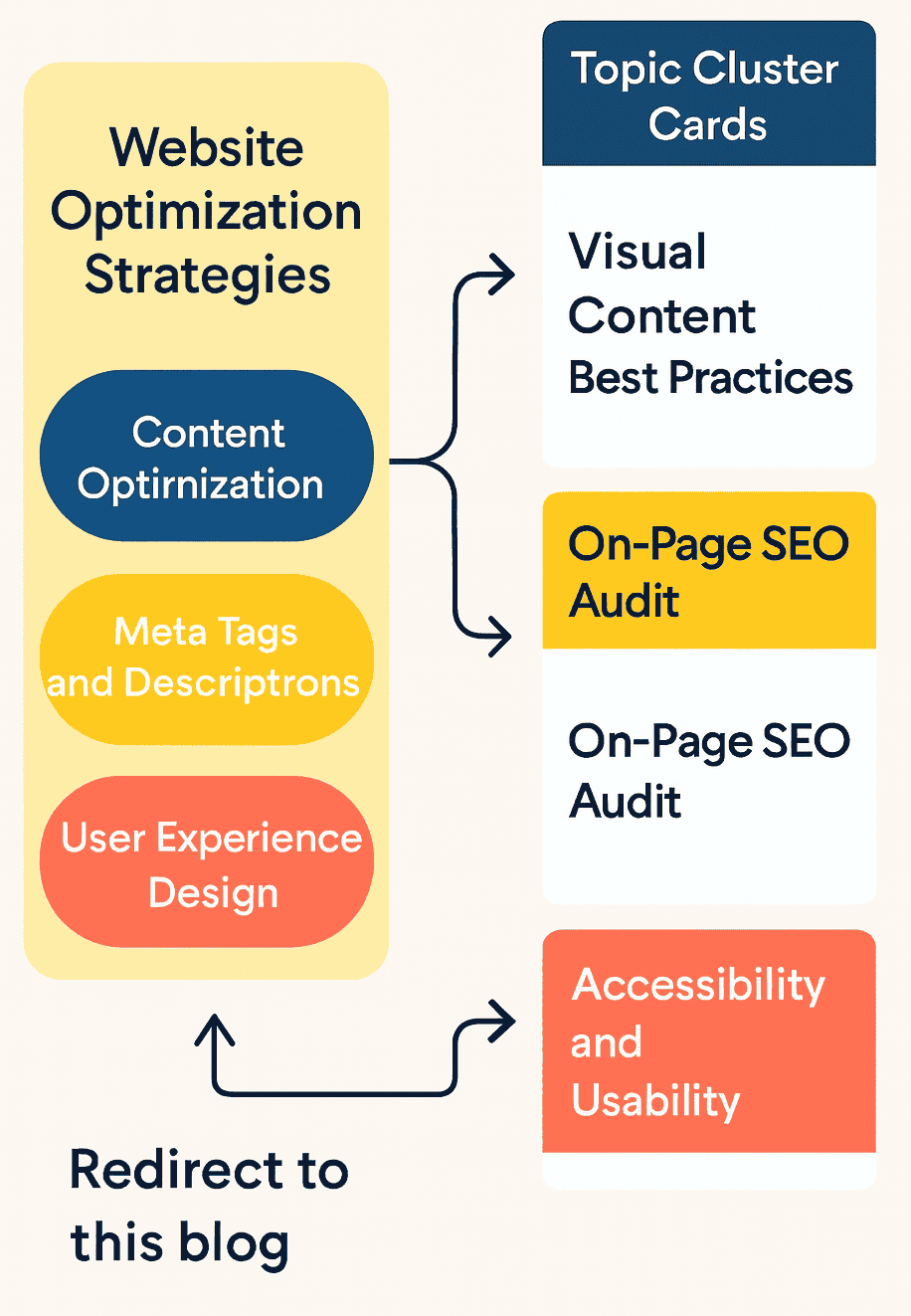
Examples:
Pillar + cluster model
A central pillar page links to multiple focused cluster posts that cover specific subtopics.
Search-intent alignment
Writing content that exactly matches what users are trying to do or learn.
E-E-A-T signals
Showing experience, expertise, authority, and trust through authorship and proof.
Content freshness
Updating content to ensure it remains accurate and up-to-date
Featured snippet optimisation
Structuring answers so Google can pull them directly into the result.
Benefits:
Sustained organic traffic growth
Well-structured content brings compounding traffic over time.
Supports all other SEO types
Great content earns links, shares, and performs well on both on-page and off-page.
Long-term compounding returns
One strong piece can continue to bring visitors for months or years.
Higher user engagement & linking potential
Applicable content gets shared and linked naturally.
Consistent
Focused content authority and topical relevance build your brand as the go-to source.
Frequently ask questions
Why SEO is important for businesses and creators in Nepal?
In Nepal, this is crucial because most Nepali internet users rely on Google for their searches. By optimising your site for relevant keywords and local intent, you attract free organic traffic (customers finding you without paid ads). This approach helps freelancers and small businesses in Nepal get discovered by the right clients, boosting bookings over time.
How long does it take to see results from SEO?
SEO is a long-term investment, not an instant fix. Typically, you can start seeing noticeable improvements within 3–6 months, and significant gains often require 6–12 months of consistent effort. Your results depend on your competition, how much you optimise, and changes in search trends. Important note: SEO compounds over time: one helpful blog post or steady backlink growth can continue driving traffic for months or years once established.
Can I handle SEO myself, or should I hire an expert?
You can start many SEO tasks on your own. For example, you can optimise your website’s titles/content, claim your Google Business Profile, and do basic keyword research. Numerous resources and tools are available for beginners. However, advanced tasks such as building high-quality backlinks, adding structured data (schema), or resolving complex technical issues often require specialized experience. Many Nepalese business owners improve their visibility by learning core SEO steps, and they seek local SEO specialists for more complex strategies.
If I use social media (like Facebook) to reach customers, do I still need SEO?
Yes. Social media helps with engagement and community, but it doesn’t replace SEO. In Nepal, most people still begin their search for services with Google. Without SEO and a website, your business won’t show up in Google Search or Maps, missing out on local customers. By optimising your site and Google Business Profile, you appear where searchers are looking – Google’s search results and map listings – which complements your social media presence and helps you rank more.

